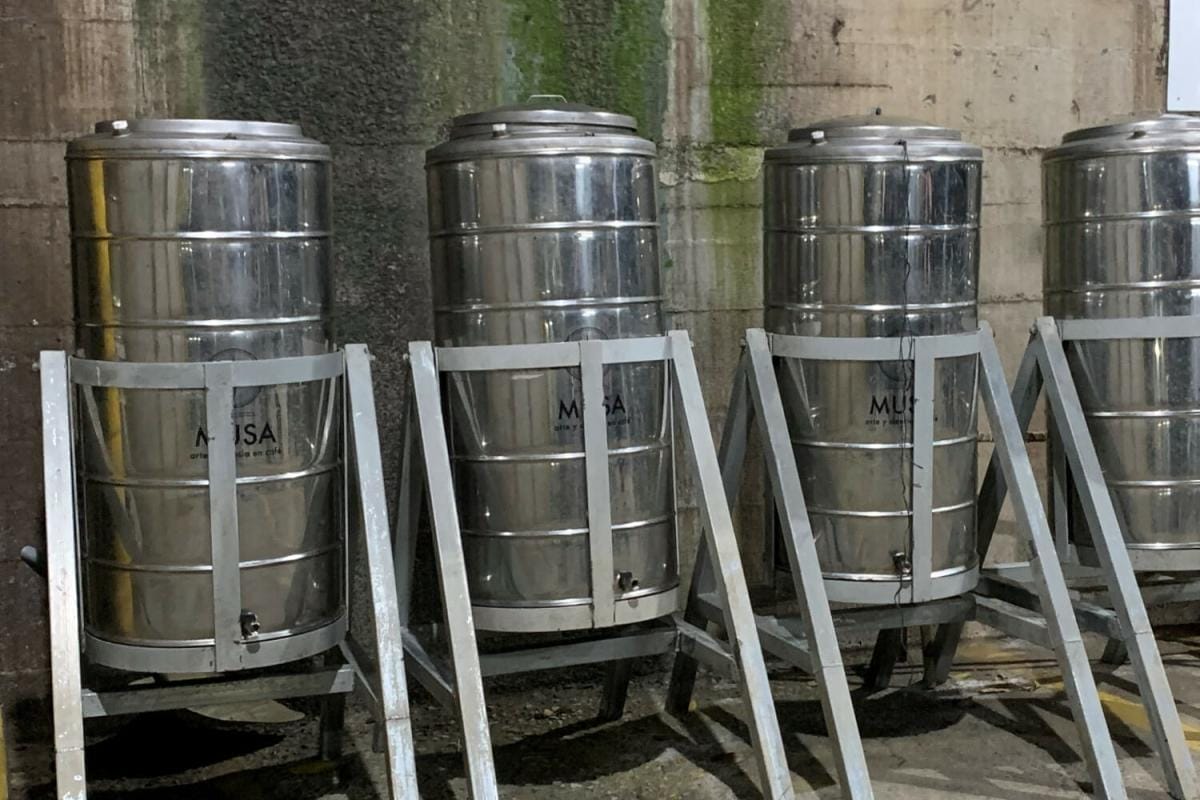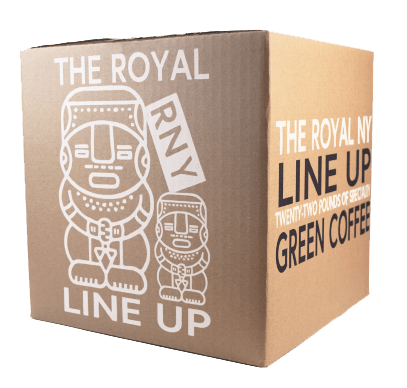No products in the cart.

Coffee Processing: Carbonic Maceration And Anaerobic
This experimental method produces, in most cases, very small quantities of coffee. The coffee is sealed in drums for varying periods of time sometimes with other ingredients, in order to manipulate the flavor.
First, coffee is picked, either by hand or mechanically. The picked cherries might be “floated” in water to remove any over-ripe cherries, leaves, sticks, or other debris. Coffee will also typically float if the seed did not develop properly or was damaged in some way.
The Primary difference between Anaerobic fermentation and Carbonic Maceration is whether or not the coffee is pulped. In Anaerobic fermentation, the coffee is pulped, but with Carbonic Maceration it is not.
The coffee will then be sealed in tanks or barrels for a period of several hours or several days. As the mucilage and/or pulp are decomposed by bacteria, Carbon Dioxide is created and the environment becomes increasingly low in oxygen creating the ideal conditions for certain types of microbes.
Some producers are experimenting with what they add to the tanks along with the coffee from cinnamon to banana and passionfruit, with varying degrees of success. Producers may also mix in the pulp of other coffee varieties to try to impart more complex flavor on a more typical coffee variety.
The coffee will be removed from the tanks and laid out to dry for a period of 2-6 weeks after fermenting.



